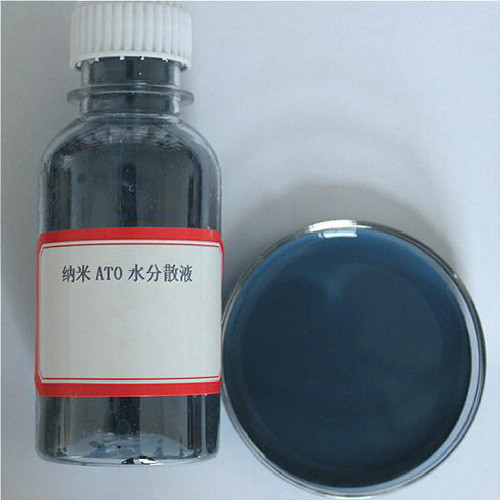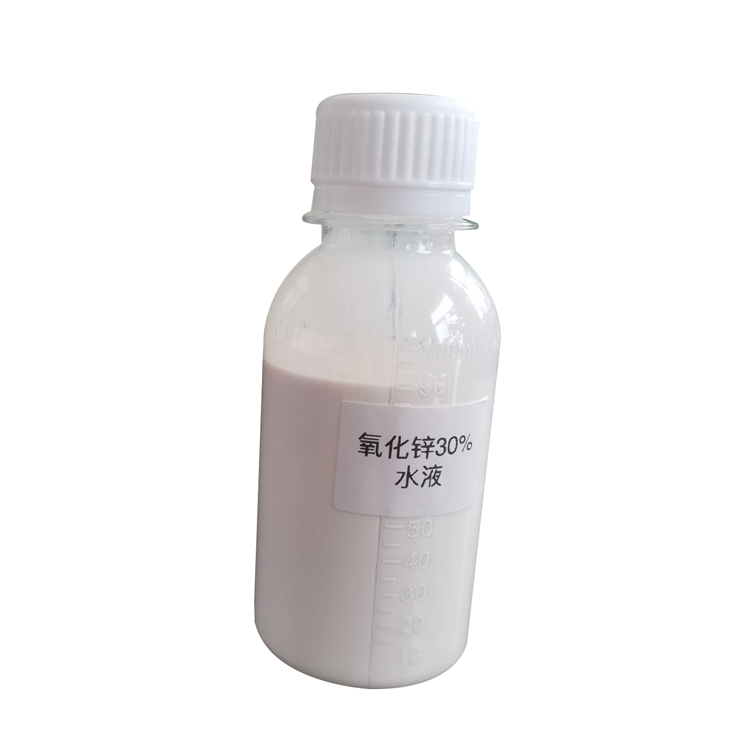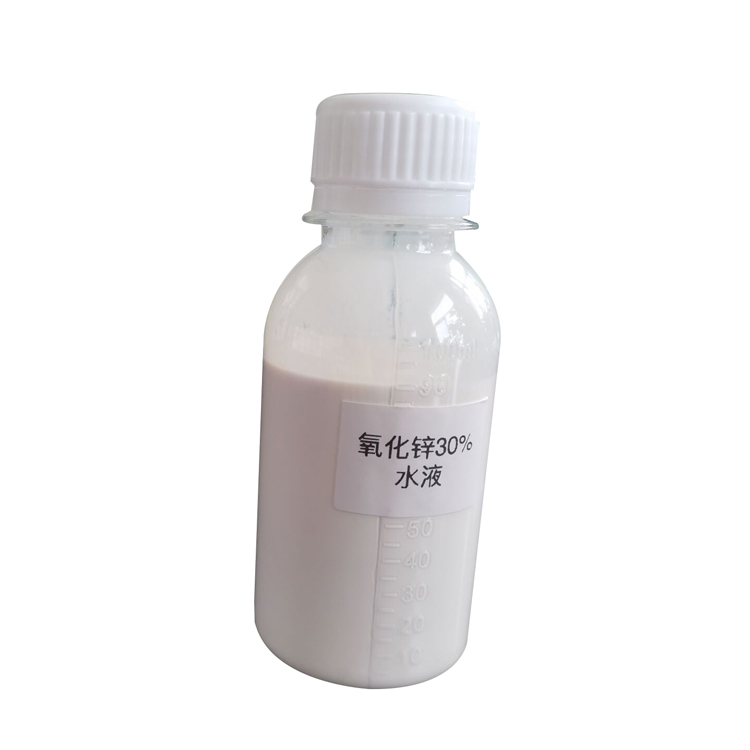Fisher's particle size is a method used to measure the particle size of granular materials, usually determined by measuring the settling velocity of particles in air or liquid. The principle of Fisher's particle size measurement is based on Stokes' law, which means that the force exerted on small particles in the medium is proportional to their diameter. The average diameter or particle size distribution of granular materials can be obtained using the Fisher particle size test.
Laser particle size is a method of measuring the particle size of granular materials based on the principle of laser scattering. It infers the particle size distribution of particles by irradiating them with a laser beam and measuring the angle and intensity of scattered light. Laser particle size testing usually combines techniques such as laser diffraction, dynamic light scattering, or static light scattering to obtain more detailed particle size information.
There are various methods for granularity testing, and the following are some common granularity testing methods:
1. Sedimentation method: Based on the relationship between the settling speed of particles in the medium and their particle size, the particle size is determined by measuring the settling time or volume concentration change of particles. Fisher's particle size measurement is a classic sedimentation method.
2. Laser particle size analysis method: Using a laser beam to irradiate granular materials, measuring the angle and intensity of scattered light, and combining optical models to calculate particle size distribution. Laser diffraction, dynamic light scattering, and static light scattering are common methods for laser particle size analysis.
3. Image analysis method: By capturing images of granular materials, image processing and analysis techniques are used to measure the size and shape information of particles.
4. Centralized detection method: A method of dividing particles into different size intervals for detection, such as graded screening and settling particle size analysis.
5. Particle counting method: Calculate the particle size by counting the number of particles within a known volume or area and combining it with the volume or area based on particle concentration.
The selection of an appropriate particle size testing method usually depends on the characteristics of the particle material and the size of the required particle size range. Different methods have their advantages and disadvantages, and the most suitable method can be selected for particle size testing based on specific circumstances.

























